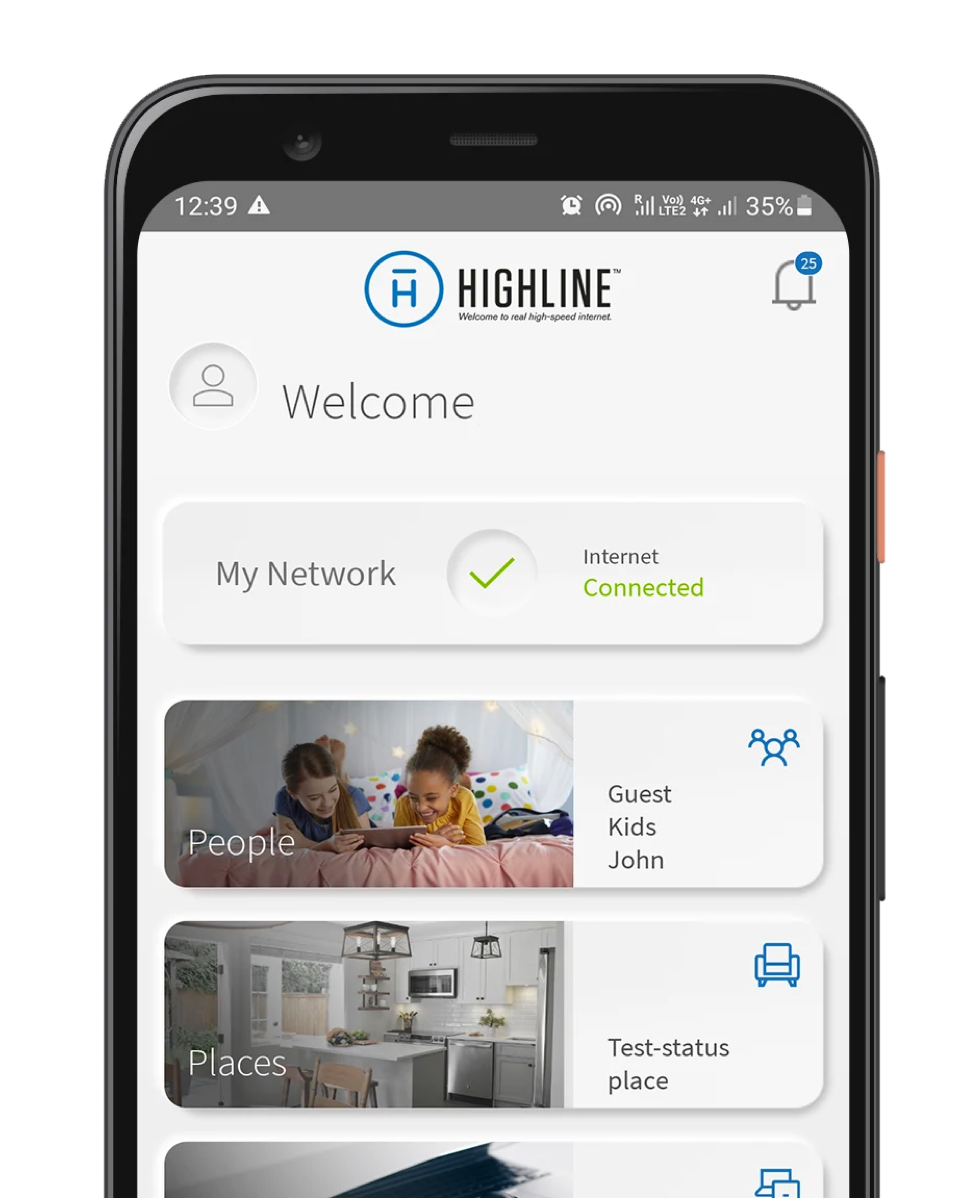Decoding Highline internet: A Deep Dive into Speed Tests and Performance
In today’s hyper-connected world, a reliable and fast internet connection is no longer a luxury, but a necessity. Whether you’re working from home, streaming high-definition content, or engaging in online gaming, the quality of your internet service can significantly impact your daily life. For residents served by Highline Internet, understanding the intricacies of speed tests and interpreting their results is crucial for maximizing their online experience. This comprehensive guide aims to demystify the world of internet speed testing, specifically focusing on Highline’s offerings and how to ensure you’re getting the speeds you pay for.
Before diving into the specifics of Highline Internet and its speed tests, it’s essential to grasp the fundamental concepts involved. Internet speed is typically measured in megabits per second (Mbps) or gigabits per second (Gbps). These units represent the amount of data that can be transferred over a network connection within a given second.

Download Speed: This refers to the rate at which data is transferred from the internet to your device. It’s crucial for activities like streaming videos, downloading files, and browsing websites.
Highline Internet utilizes a combination of fiber optic and fixed wireless technologies to deliver internet services to its customers. The specific technology used depends on the location and infrastructure available. Highline focuses on bringing internet to underserved rural areas.
Fiber Optic: Offers the highest speeds and reliability, with symmetrical download and upload speeds.

Highline offers various speed tiers to cater to different needs and budgets. It’s essential to understand the specific speed tier you’ve subscribed to and compare it with the results of your speed tests.
Regularly performing speed tests can provide valuable insights into the performance of your internet connection. Here are some key reasons why you should conduct speed tests:
Verifying Advertised Speeds
Ensure you’re receiving the speeds you’re paying for from Highline Internet.
Troubleshooting Network Issues
Diagnose potential problems with your internet connection, such as slow speeds or high latency.
Optimizing Network Performance
Identify areas for improvement, such as upgrading your router or relocating it for better signal strength.
Assessing Application Performance
To obtain accurate and reliable speed test results, it’s crucial to follow these best practices:
Choose a Reputable Speed Test Tool
Utilize well-known and reliable speed test tools, such as Speedtest by Ookla, Fast.com, or Google’s speed test.
Prepare Your Devices and Network
Connect your device directly to your router using an Ethernet cable for the most accurate results.
Run Multiple Tests at Different Times
Conduct multiple speed tests at various times of the day to account for potential network congestion.
Interpret the Results Correctly
Pay attention to download speed, upload speed, latency, and jitter.
Several factors can influence the speed and performance of your Highline Internet connection. Understanding these factors can help you troubleshoot potential issues and optimize your network.
Network Congestion
Peak usage times can lead to network congestion, resulting in slower speeds and higher latency.
Router Performance
An outdated or underpowered router can limit your internet speed.
Wi-Fi Interference
Interference from other electronic devices, such as cordless phones or microwaves, can degrade Wi-Fi signal strength and speed.
Device Capabilities
Older devices or devices with outdated software may not be able to fully utilize your internet connection.
Distance from the Router
The further your device is from the router, the weaker the Wi-Fi signal and the slower the speeds.
Highline’s Network Infrastructure
The quality and capacity of Highline’s network infrastructure in your area can affect your internet speed.
If you’re experiencing slow internet speeds or other performance issues with Highline Internet, here are some troubleshooting steps you can take:
Restart Your Modem and Router
A simple restart can often resolve temporary network glitches.
Check Your Cables and Connections
Ensure all cables are securely connected to your modem, router, and devices.
Update Your Router’s Firmware
Outdated firmware can lead to performance issues and security vulnerabilities.
Contact Highline Internet Support
If you’ve tried troubleshooting steps and are still experiencing issues, contact Highline’s customer support for assistance.
Consider a Wi-Fi Extender or Mesh Network
Check for Malware
To ensure you’re getting the most out of your Highline Internet connection, consider these tips:
Choose the Right Speed Tier
Select a speed tier that aligns with your internet usage habits.
Optimize Your Wi-Fi Network
Position your router in a central location and minimize interference from other devices.
Manage Bandwidth Usage
Limit bandwidth-intensive activities during peak hours to avoid network congestion.
Keep Your Devices Updated
Monitor Your Network Performance
By understanding the intricacies of internet speed testing and following these guidelines, you can ensure you’re getting the most out of your Highline Internet connection and enjoying a seamless online experience.

:max_bytes(150000):strip_icc()/computer-file-search-155016432-5b89ee17c9e77c00821cedbc-2d649e7b94fc464c823b416a3a50eada.jpg?resize=200,135&ssl=1)

